Jens Schneider
SAM4EM: Efficient memory-based two stage prompt-free segment anything model adapter for complex 3D neuroscience electron microscopy stacks
Apr 30, 2025Abstract:We present SAM4EM, a novel approach for 3D segmentation of complex neural structures in electron microscopy (EM) data by leveraging the Segment Anything Model (SAM) alongside advanced fine-tuning strategies. Our contributions include the development of a prompt-free adapter for SAM using two stage mask decoding to automatically generate prompt embeddings, a dual-stage fine-tuning method based on Low-Rank Adaptation (LoRA) for enhancing segmentation with limited annotated data, and a 3D memory attention mechanism to ensure segmentation consistency across 3D stacks. We further release a unique benchmark dataset for the segmentation of astrocytic processes and synapses. We evaluated our method on challenging neuroscience segmentation benchmarks, specifically targeting mitochondria, glia, and synapses, with significant accuracy improvements over state-of-the-art (SOTA) methods, including recent SAM-based adapters developed for the medical domain and other vision transformer-based approaches. Experimental results indicate that our approach outperforms existing solutions in the segmentation of complex processes like glia and post-synaptic densities. Our code and models are available at https://github.com/Uzshah/SAM4EM.
AI enhanced finite element multiscale modelling and structural uncertainty analysis of a functionally graded porous beam
Nov 02, 2022


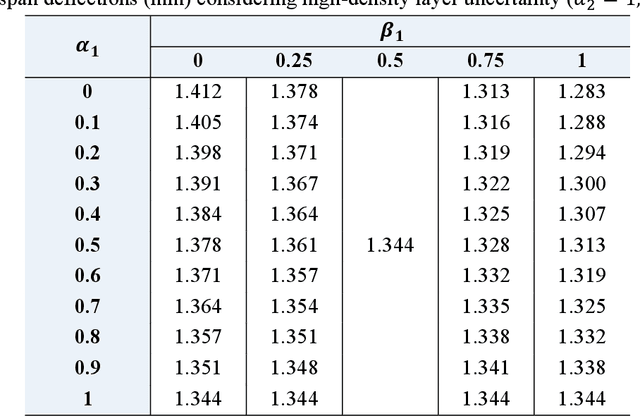
Abstract:The local geometrical randomness of metal foams brings complexities to the performance prediction of porous structures. Although the relative density is commonly deemed as the key factor, the stochasticity of internal cell sizes and shapes has an apparent effect on the porous structural behaviour but the corresponding measurement is challenging. To address this issue, we are aimed to develop an assessment strategy for efficiently examining the foam properties by combining multiscale modelling and deep learning. The multiscale modelling is based on the finite element (FE) simulation employing representative volume elements (RVEs) with random cellular morphologies, mimicking the typical features of closed-cell Aluminium foams. A deep learning database is constructed for training the designed convolutional neural networks (CNNs) to establish a direct link between the mesoscopic porosity characteristics and the effective Youngs modulus of foams. The error range of CNN models leads to an uncertain mechanical performance, which is further evaluated in a structural uncertainty analysis on the FG porous three-layer beam consisting of two thin high-density layers and a thick low-density one, where the imprecise CNN predicted moduli are represented as triangular fuzzy numbers in double parametric form. The uncertain beam bending deflections under a mid-span point load are calculated with the aid of Timoshenko beam theory and the Ritz method. Our findings suggest the success in training CNN models to estimate RVE modulus using images with an average error of 5.92%. The evaluation of FG porous structures can be significantly simplified with the proposed method and connects to the mesoscopic cellular morphologies without establishing the mechanics model for local foams.
Virtual Axle Detector based on Analysis of Bridge Acceleration Measurements by Fully Convolutional Network
Jul 08, 2022
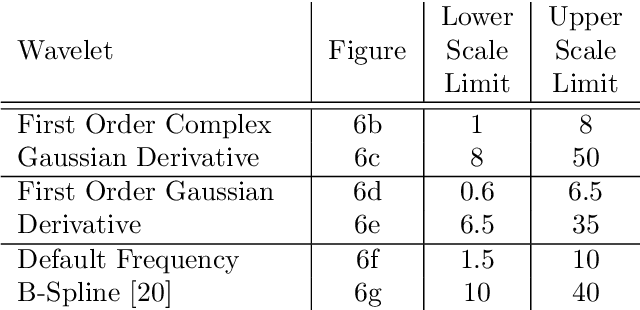
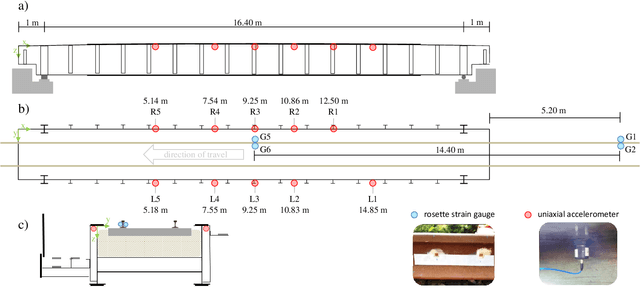

Abstract:In the practical application of the Bridge Weigh-In-Motion (BWIM) methods, the position of the wheels or axles during the passage of a vehicle is in most cases a prerequisite. To avoid the use of conventional axle detectors and bridge type specific methods, we propose a novel method for axle detection through the placement of accelerometers at any point of a bridge. In order to develop a model that is as simple and comprehensible as possible, the axle detection task is implemented as a binary classification problem instead of a regression problem. The model is implemented as a Fully Convolutional Network to process signals in the form of Continuous Wavelet Transforms. This allows passages of any length to be processed in a single step with maximum efficiency while utilising multiple scales in a single evaluation. This enables our method to use acceleration signals at any location of the bridge structure serving as Virtual Axle Detectors (VADs) without being limited to specific structural types of bridges. To test the proposed method, we analysed 3787 train passages recorded on a steel trough railway bridge of a long-distance traffic line. Our results on the measurement data show that our model detects 95% of the axes, thus, 128,599 of 134,800 previously unseen axles were correctly detected. In total, 90% of the axles can be detected with a maximum spatial error of 20cm, with a maximum velocity of $v_{\mathrm{max}}=56,3~\mathrm{m/s}$. The analysis shows that our developed model can use accelerometers as VADs even under real operating conditions.
Automated Quality Control of Vacuum Insulated Glazing by Convolutional Neural Network Image Classification
Oct 15, 2021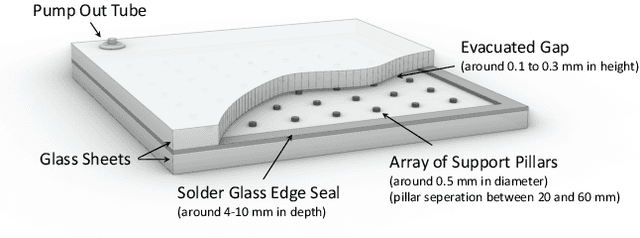

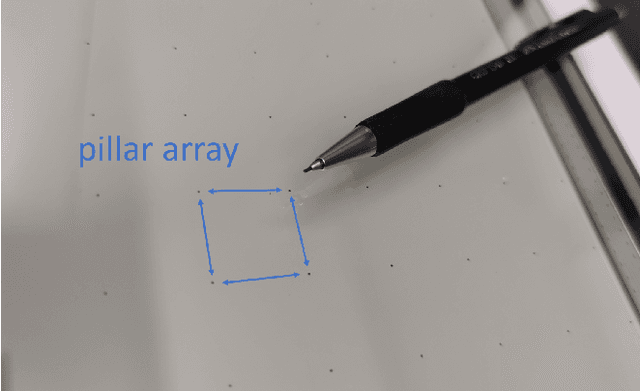
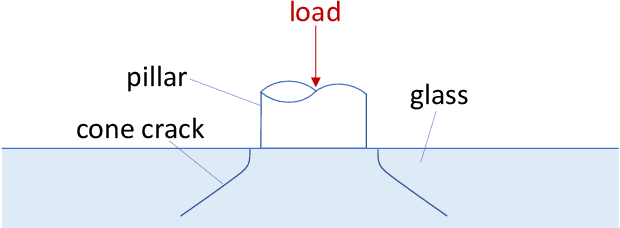
Abstract:Vacuum Insulated Glazing (VIG) is a highly thermally insulating window technology, which boasts an extremely thin profile and lower weight as compared to gas-filled insulated glazing units of equivalent performance. The VIG is a double-pane configuration with a submillimeter vacuum gap between the panes and therefore under constant atmospheric pressure over their service life. Small pillars are positioned between the panes to maintain the gap, which can damage the glass reducing the lifetime of the VIG unit. To efficiently assess any surface damage on the glass, an automated damage detection system is highly desirable. For the purpose of classifying the damage, we have developed, trained, and tested a deep learning computer vision system using convolutional neural networks. The classification model flawlessly classified the test dataset with an area under the curve (AUC) for the receiver operating characteristic (ROC) of 100%. We have automatically cropped the images down to their relevant information by using Faster-RCNN to locate the position of the pillars. We employ the state-of-the-art methods Grad-CAM and Score-CAM of explainable Artificial Intelligence (XAI) to provide an understanding of the internal mechanisms and were able to show that our classifier outperforms ResNet50V2 for identification of crack locations and geometry. The proposed methods can therefore be used to detect systematic defects even without large amounts of training data. Further analyses of our model's predictive capabilities demonstrates its superiority over state-of-the-art models (ResNet50V2, ResNet101V2 and ResNet152V2) in terms of convergence speed, accuracy, precision at 100% recall and AUC for ROC.
Social Network Analysis of Hadith Narrators from Sahih Bukhari
Feb 03, 2021



Abstract:The ahadith, prophetic traditions for the Muslims around the world, are narrations originating from the sayings and the deeds of Prophet Muhammad (pbuh). They are considered one of the fundamental sources of Islamic legislation along with the Quran. The list of persons involved in the narration of each hadith is carefully scrutinized by scholars studying the hadith, with respect to their reputation and authenticity of the hadith. This is due to the its legislative importance in Islamic principles. There were many narrators who contributed to this responsibility of preserving prophetic narrations over the centuries. But to date, no systematic and comprehensive study, based on the social network, has been adapted to understand the contribution of early hadith narrators and the propagation of hadith across generations. In this study, we represented the chain of narrators of the hadith collection from Sahih Bukhari as a social graph. Based on social network analysis (SNA) on this graph, we found that the network of narrators is a scale-free network. We identified a list of influential narrators from the companions as well as the narrators from the second and third-generation who contribute significantly in the propagation of hadith collected in Sahih Bukhari. We discovered sixteen communities from the narrators of Sahih Bukhari. In each of these communities, there are other narrators who contributed significantly to the propagation of prophetic narrations. We also found that most narrators were centered in Makkah and Madinah in the era of companions and, then, gradually the center of hadith narrators shifted towards Kufa, Baghdad and central Asia over a period of time. To the best of our knowledge, this the first comprehensive and systematic study based on SNA, representing the narrators as a social graph to analyze their contribution to the preservation and propagation of hadith.
Integration of Absolute Orientation Measurements in the KinectFusion Reconstruction pipeline
Apr 22, 2018



Abstract:In this paper, we show how absolute orientation measurements provided by low-cost but high-fidelity IMU sensors can be integrated into the KinectFusion pipeline. We show that integration improves both runtime, robustness and quality of the 3D reconstruction. In particular, we use this orientation data to seed and regularize the ICP registration technique. We also present a technique to filter the pairs of 3D matched points based on the distribution of their distances. This filter is implemented efficiently on the GPU. Estimating the distribution of the distances helps control the number of iterations necessary for the convergence of the ICP algorithm. Finally, we show experimental results that highlight improvements in robustness, a speed-up of almost 12%, and a gain in tracking quality of 53% for the ATE metric on the Freiburg benchmark.
 Add to Chrome
Add to Chrome Add to Firefox
Add to Firefox Add to Edge
Add to Edge